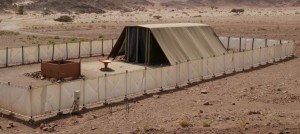What was the deeper purpose behind the Ten Plagues in ancient Egypt and how did they parallel the Ten Utterances of Creation? How do these correspond to the ten items of the Passover seder? And how do the 14 steps of the Passover seder parallel the 14 key steps of Creation? Find out in this eye-opening class where we also explore the paschal offering and the Temple Mount, how Hillel rose to the presidency of the Sanhedrin, plus the great mystery behind consuming the karpas vegetable – and what does it have to do with the soul of Mashiach?
On the issue of ascending the Temple Mount today, see here.
For more on Shabbat haGadol, see here.

